Heat Tolerant Conifers
forrest30295
17 years ago
Featured Answer
Sort by:Oldest
Comments (39)
GAAlan
17 years agolast modified: 9 years agopineresin
17 years agolast modified: 9 years agoRelated Professionals
Mountain Brook Landscape Architects & Landscape Designers · Canby Landscape Contractors · Clark Landscape Contractors · Columbine Landscape Contractors · Hannibal Landscape Contractors · Muttontown Landscape Contractors · New Baltimore Landscape Contractors · Ridgewood Landscape Contractors · Ringwood Landscape Contractors · Rockland Landscape Contractors · Rockwall Landscape Contractors · Salem Landscape Contractors · University City Landscape Contractors · Vancouver Landscape Contractors · Hawaiian Gardens Landscape Contractorsgoted
17 years agolast modified: 9 years agoGAAlan
17 years agolast modified: 9 years agoconifers
17 years agolast modified: 9 years agoshari1332
17 years agolast modified: 9 years agoGAAlan
17 years agolast modified: 9 years agoforrest30295
17 years agolast modified: 9 years agosmalljaw
17 years agolast modified: 9 years agosmalljaw
17 years agolast modified: 9 years agopineresin
17 years agolast modified: 9 years agospruceman
17 years agolast modified: 9 years agoarauquoia
17 years agolast modified: 9 years agoforrest30295
17 years agolast modified: 9 years agomrgpag SW OH Z5/6
17 years agolast modified: 9 years agosmalljaw
17 years agolast modified: 9 years agojustintx
17 years agolast modified: 9 years agosouthwebb
17 years agolast modified: 9 years agojustintx
17 years agolast modified: 9 years agopineresin
17 years agolast modified: 9 years agosouthwebb
17 years agolast modified: 9 years agoalpharetta2
17 years agolast modified: 9 years agopineresin
17 years agolast modified: 9 years agoconifers
17 years agolast modified: 9 years agoconifers
17 years agolast modified: 9 years agoconifers
17 years agolast modified: 9 years agonemoooo
17 years agolast modified: 9 years agopineresin
17 years agolast modified: 9 years agoalpharetta2
17 years agolast modified: 9 years agoforrest30295
17 years agolast modified: 9 years agoconifers
17 years agolast modified: 9 years agosandyhill
17 years agolast modified: 9 years agodavidrt28 (zone 7)
17 years agolast modified: 9 years agoforrest30295
17 years agolast modified: 9 years agodavidrt28 (zone 7)
17 years agolast modified: 9 years agomidwestjeff
17 years agolast modified: 9 years agovancleaveterry
15 years agolast modified: 9 years agotaylor12132
8 years agolast modified: 8 years ago
Related Stories
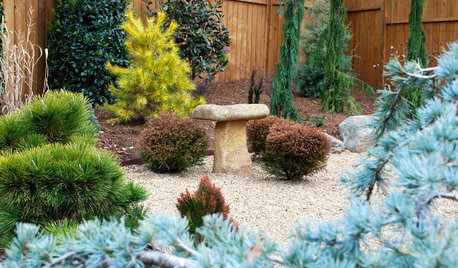
PLANTING IDEASDesigning With Conifers: Personality and Form in the Garden
Unique and full of interest, well-shaped conifers await a place your yard
Full Story
GARDENING GUIDES10 Cold- and Heat-Tolerant Perennials and Shrubs for the Arid West
These flowering native plants shrug off the cold of winter and heat of summer while adding beauty to the drought-tolerant landscape
Full Story
GARDENING GUIDES10 Drought-Tolerant Shrubs That Thrive in Full Sun and Reflected Heat
Got a hot spot in your garden where plants often die? Try these tough shrubs that add beauty while shrugging off the heat
Full Story
LANDSCAPE DESIGNFlood-Tolerant Native Trees for Soggy Soil
Swampy sites, floodplains, even standing water ... if you've got a soggy landscape, these trees are for you
Full Story
PLANTING IDEASStretch the Budget, Seasons and Style: Add Conifers to Your Containers
Small, low-maintenance conifers are a boon for mixed containers — and you can transplant them to your garden when they’ve outgrown the pot
Full Story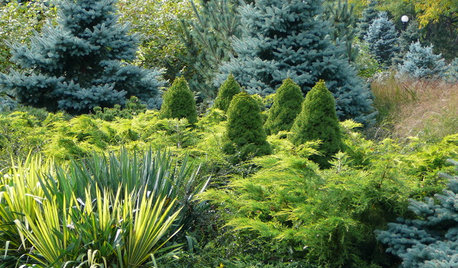
PLANTING IDEASDesigning With Conifers: Layers of Texture for Your Garden
Sharp and prickly or fine like ferns, richly textured conifers bring unexpected interest to the landscape
Full Story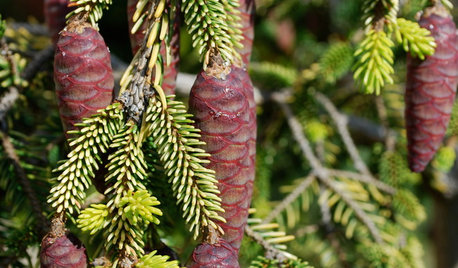
GARDENING GUIDESGreat Design Plant: Skylands Oriental Spruce, a Favorite Conifer
Brighten up a drab corner of your garden with Picea orientalis ‘Skylands’, a smaller spruce that a bird family might just call home
Full Story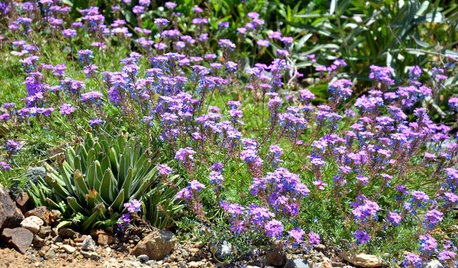
FLOWERS AND PLANTSGlandularia Pulchella Trails Color Through the Drought-Tolerant Garden
Masses of purple blossoms and finely textured foliage cover the ground of arid gardens from spring to fall
Full Story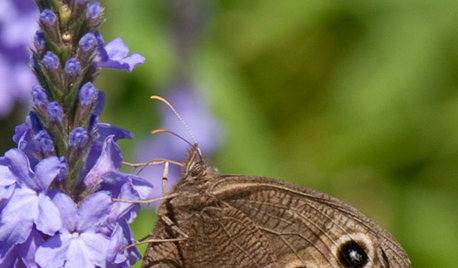
GARDENING GUIDESGreat Design Plant: Verbena Stricta Tolerates Tough Spots
With its subtle beauty and long-lasting flowers, this pollinator pleaser is a boon to wilder areas
Full Story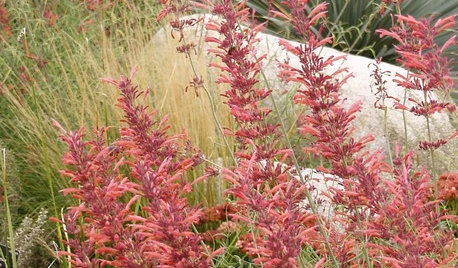
FLOWERS AND PLANTSAgastache Rupestris, a Heat-Loving Hummingbird Magnet
Threadleaf giant hyssop adds color and fragrance to late-summer and fall xeric gardens
Full StoryMore Discussions






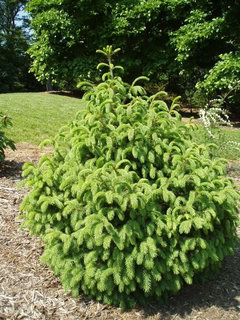
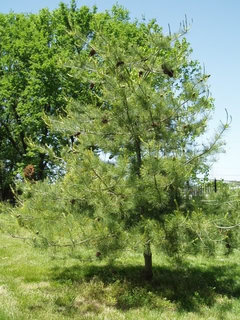
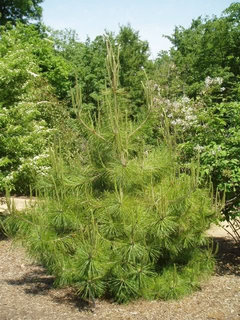

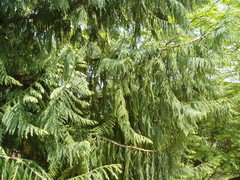

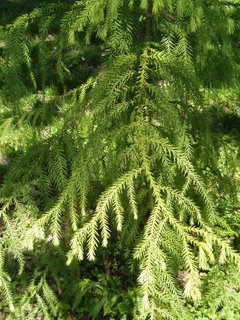
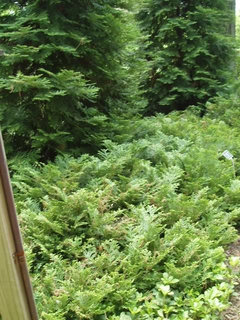
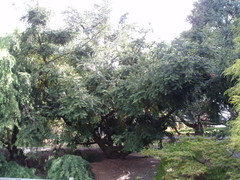
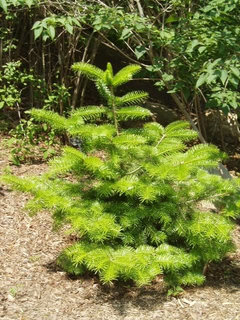
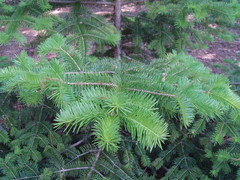
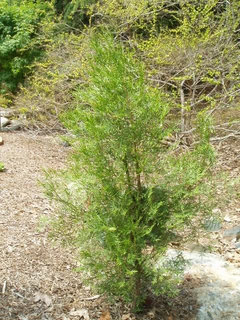
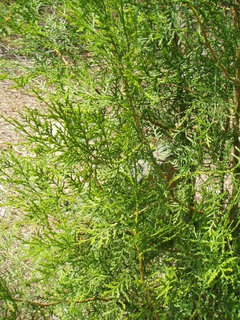





conifers